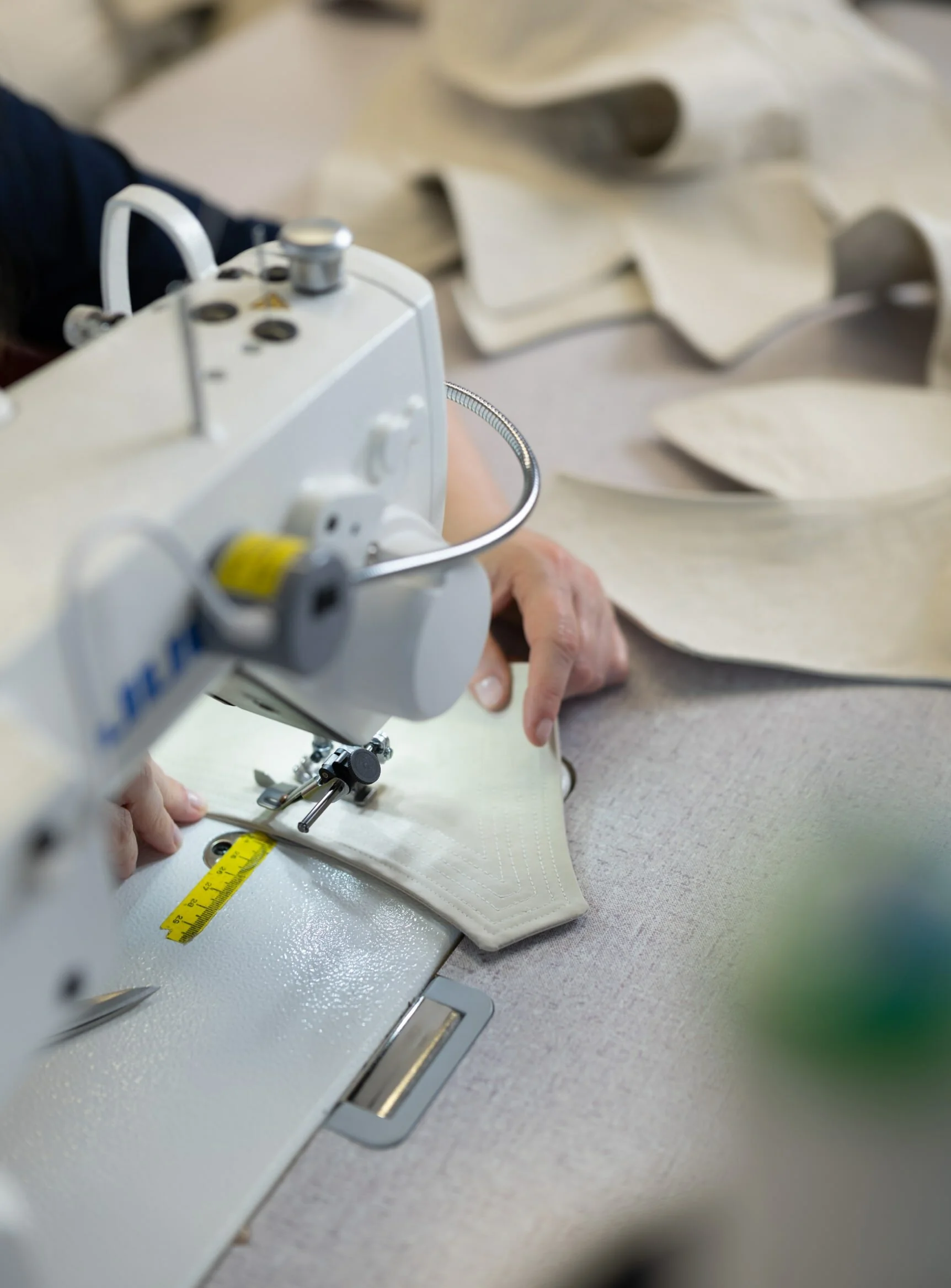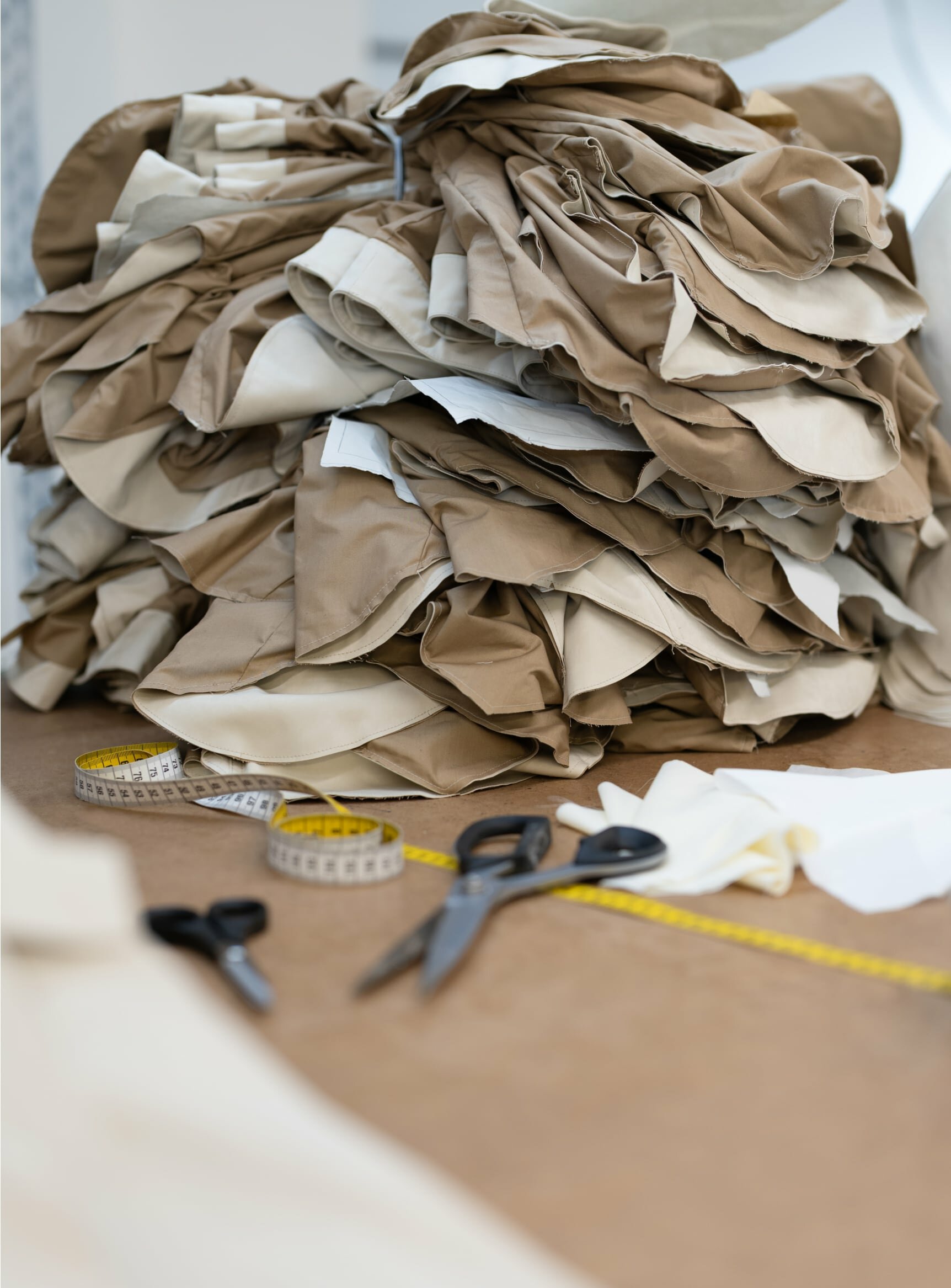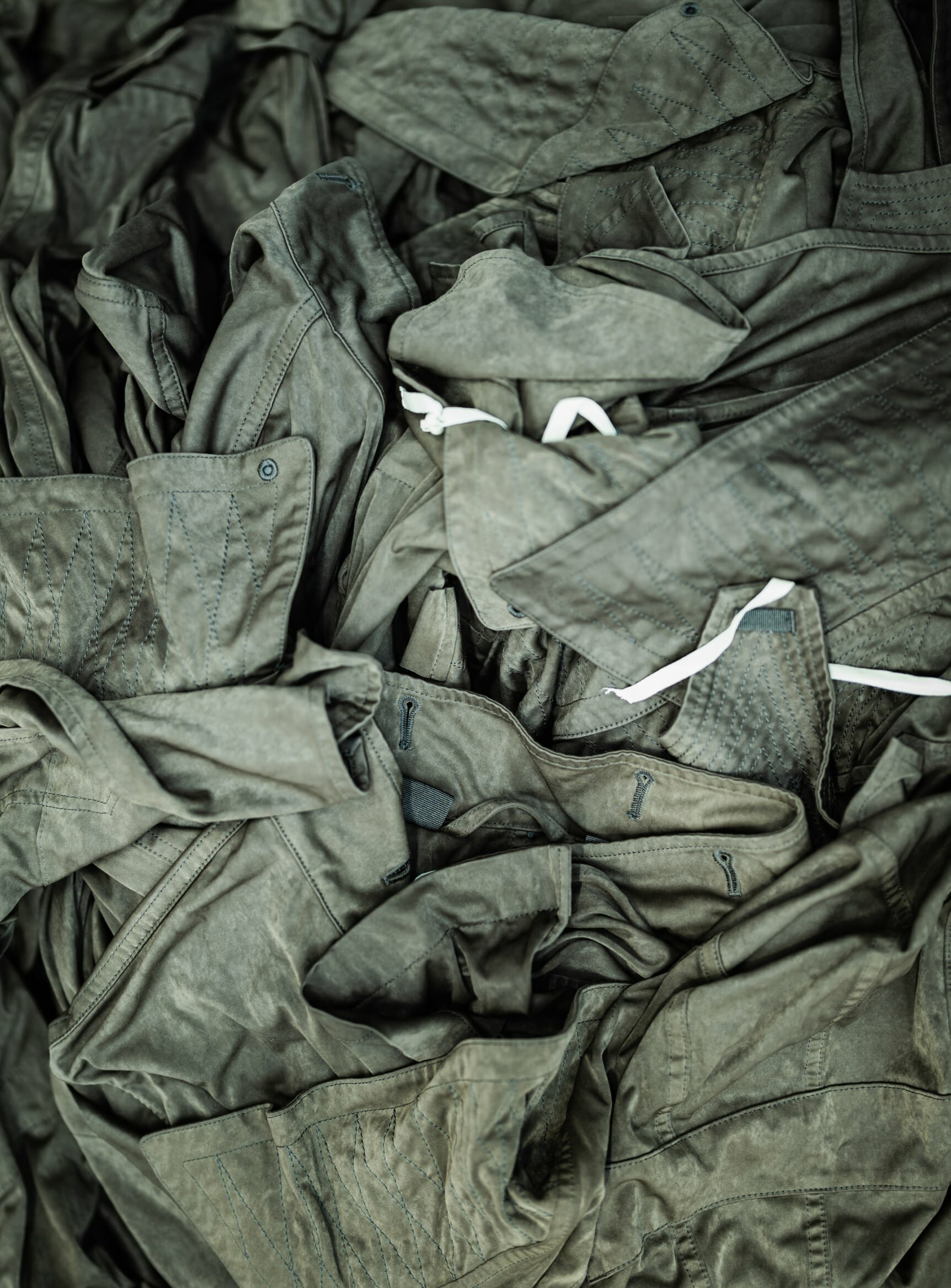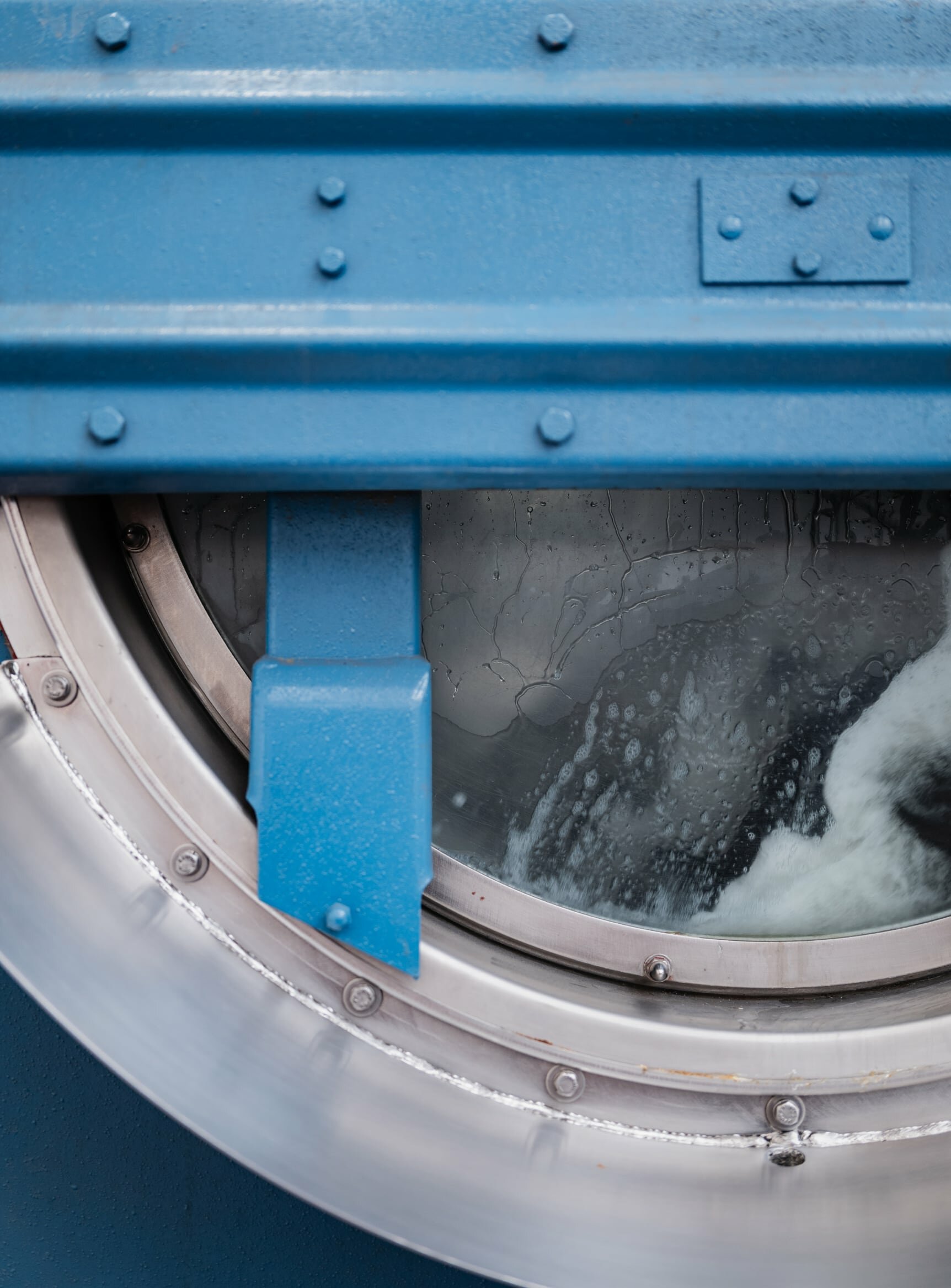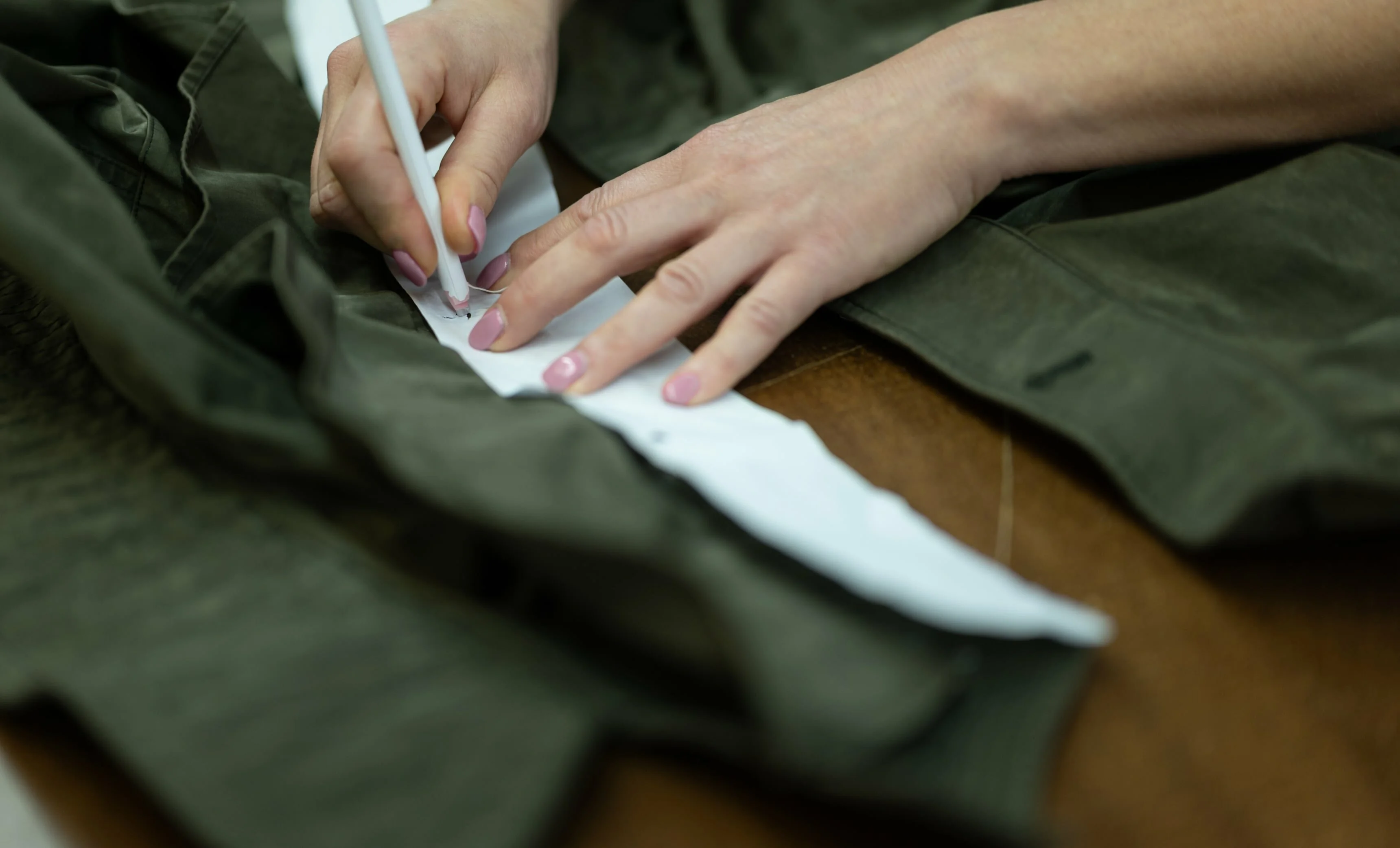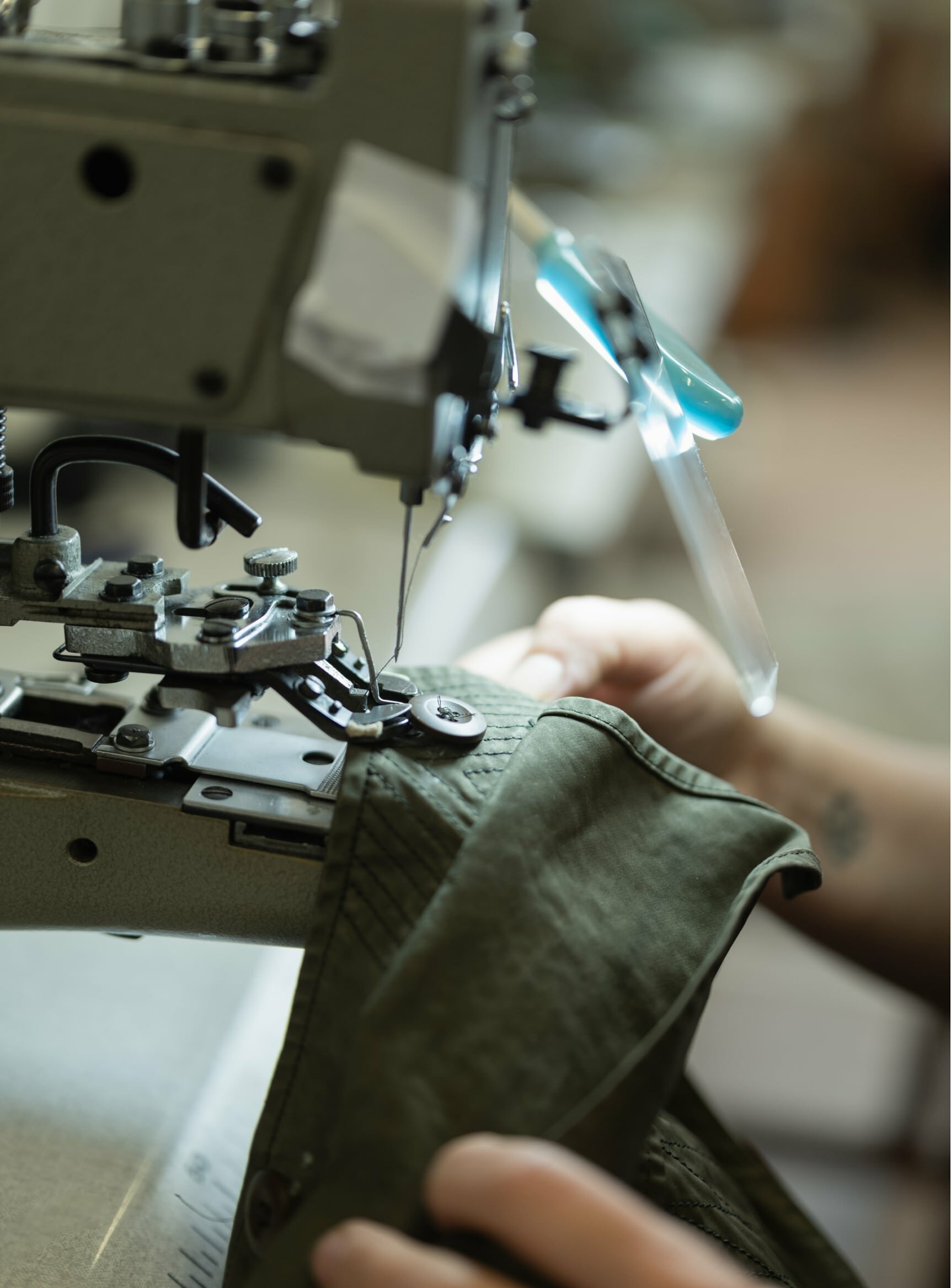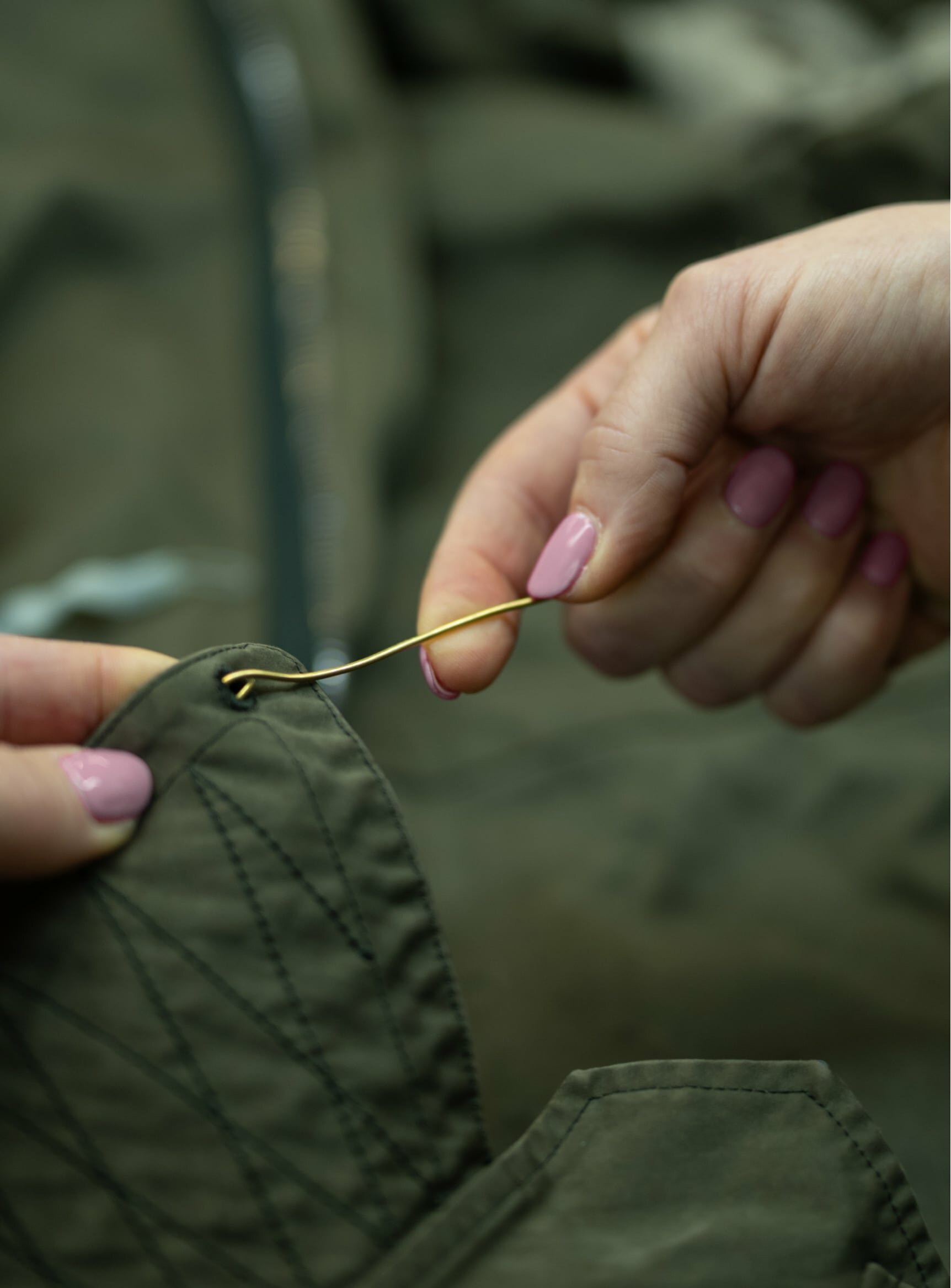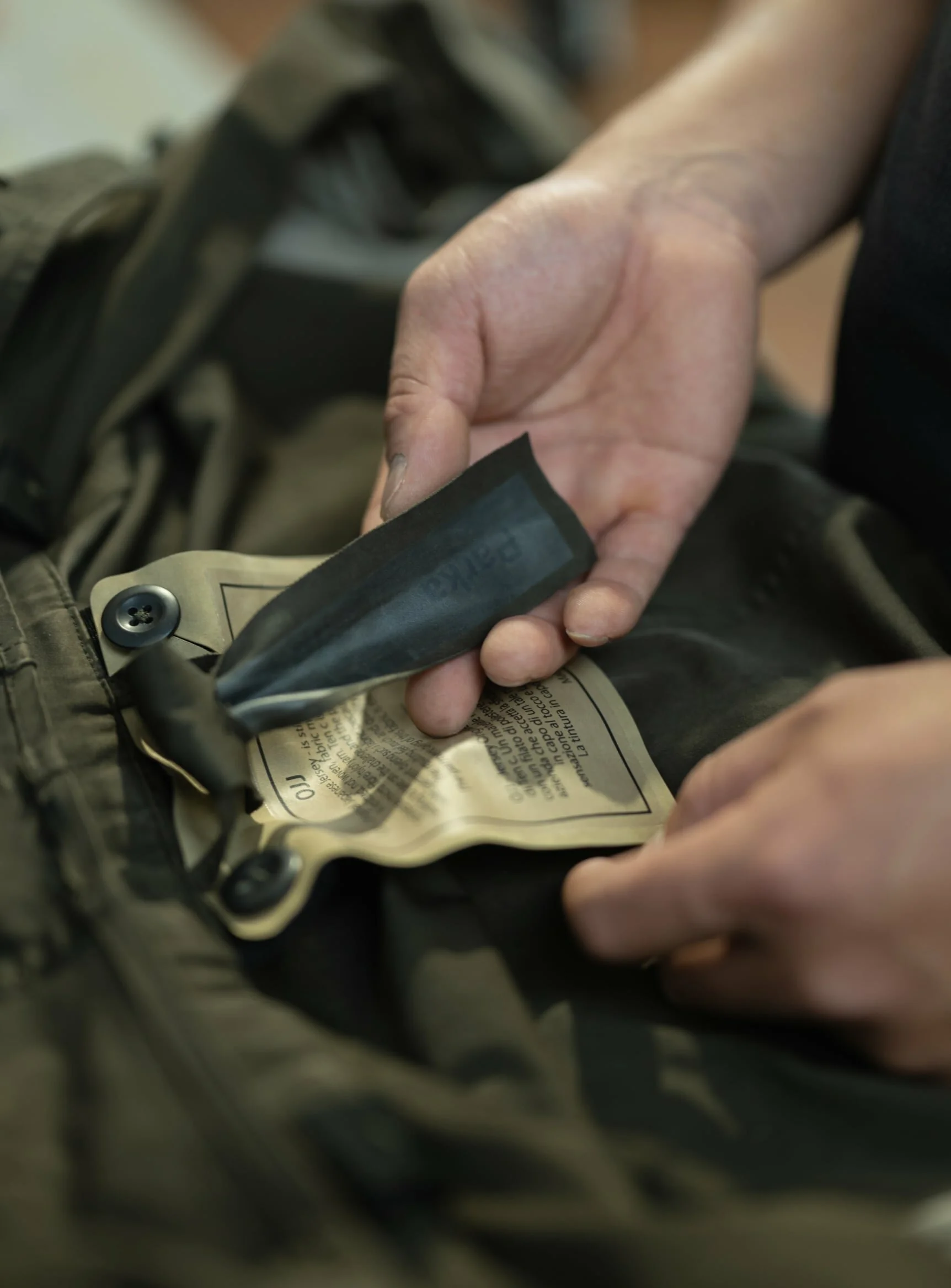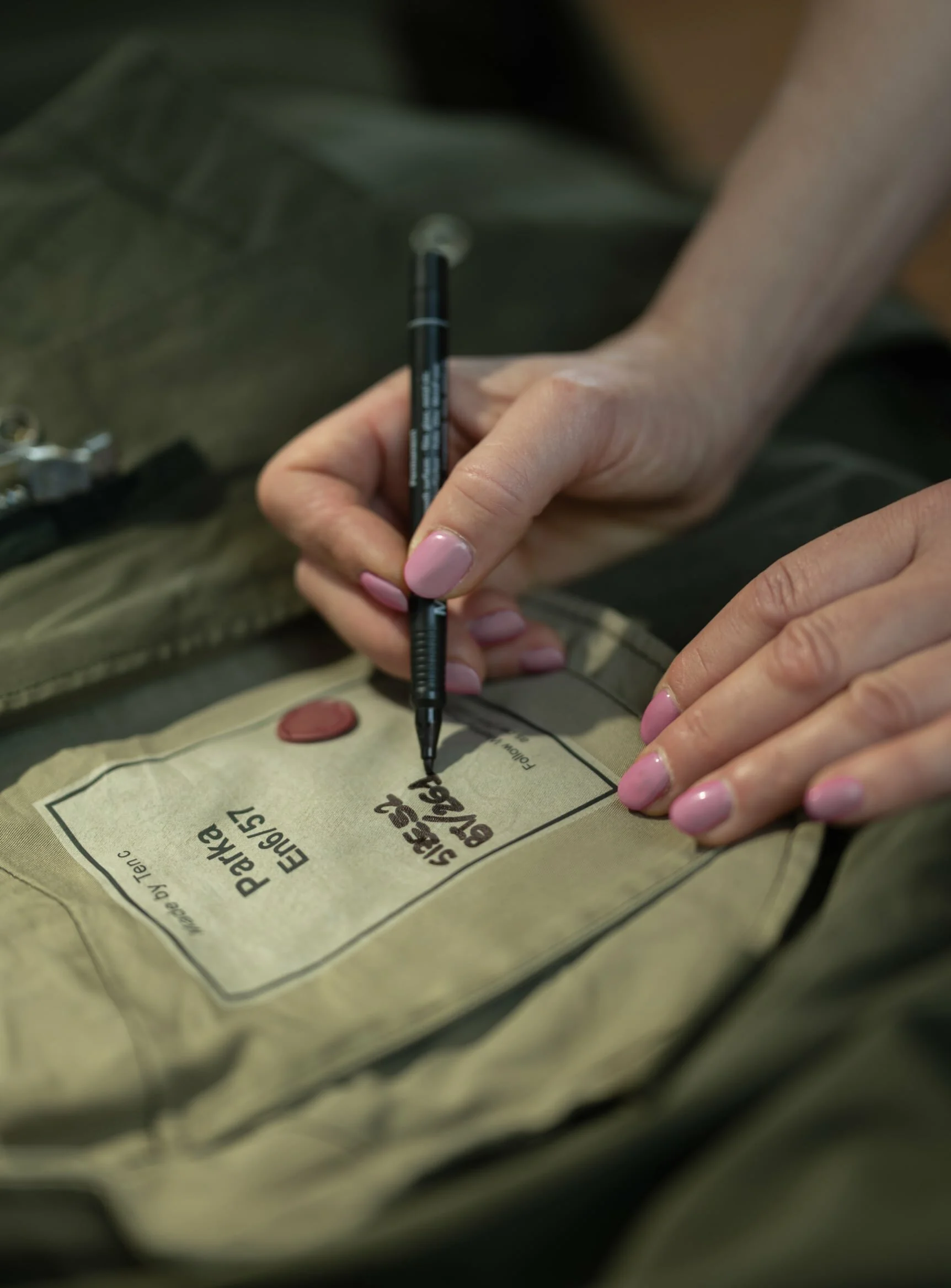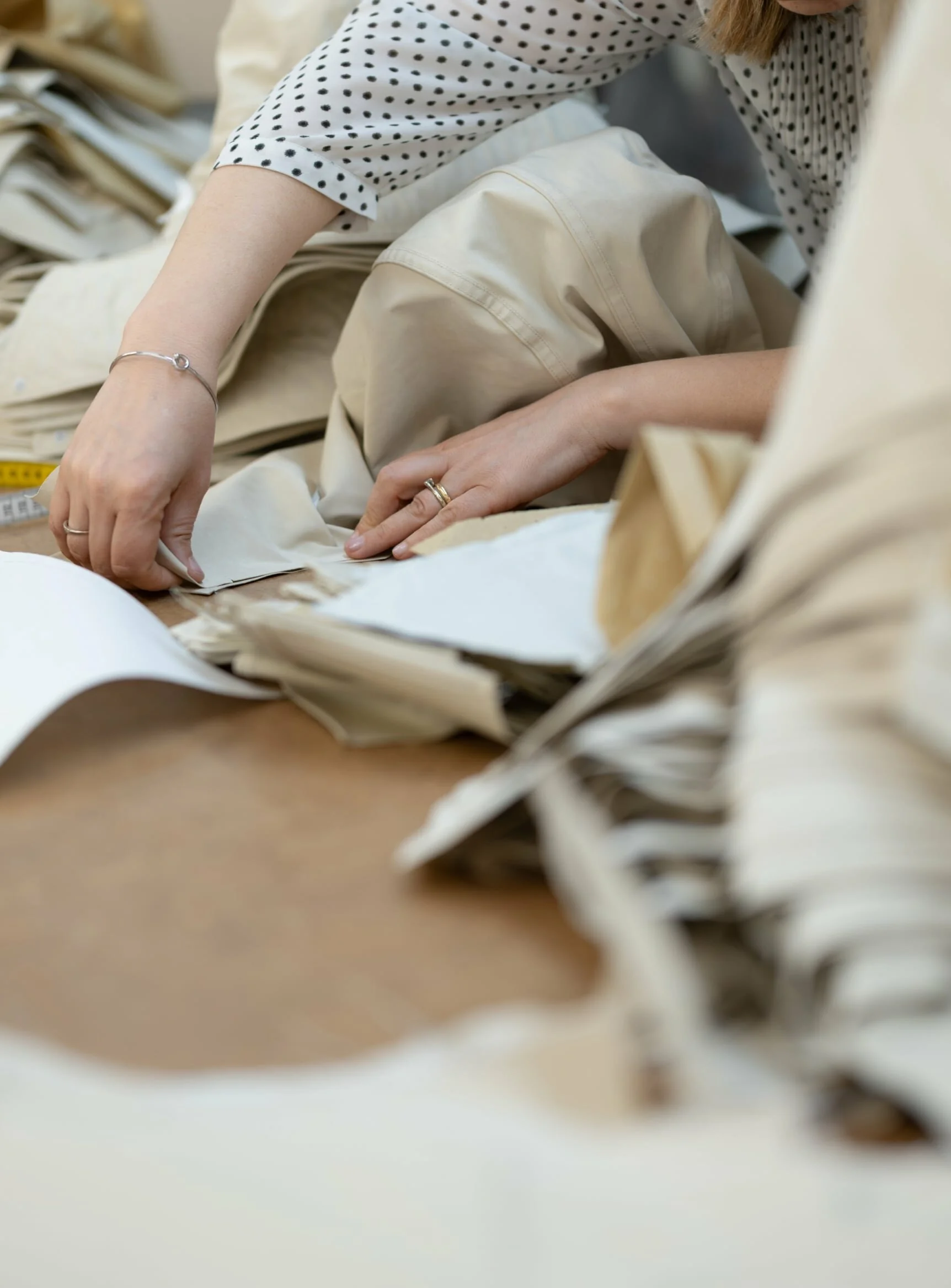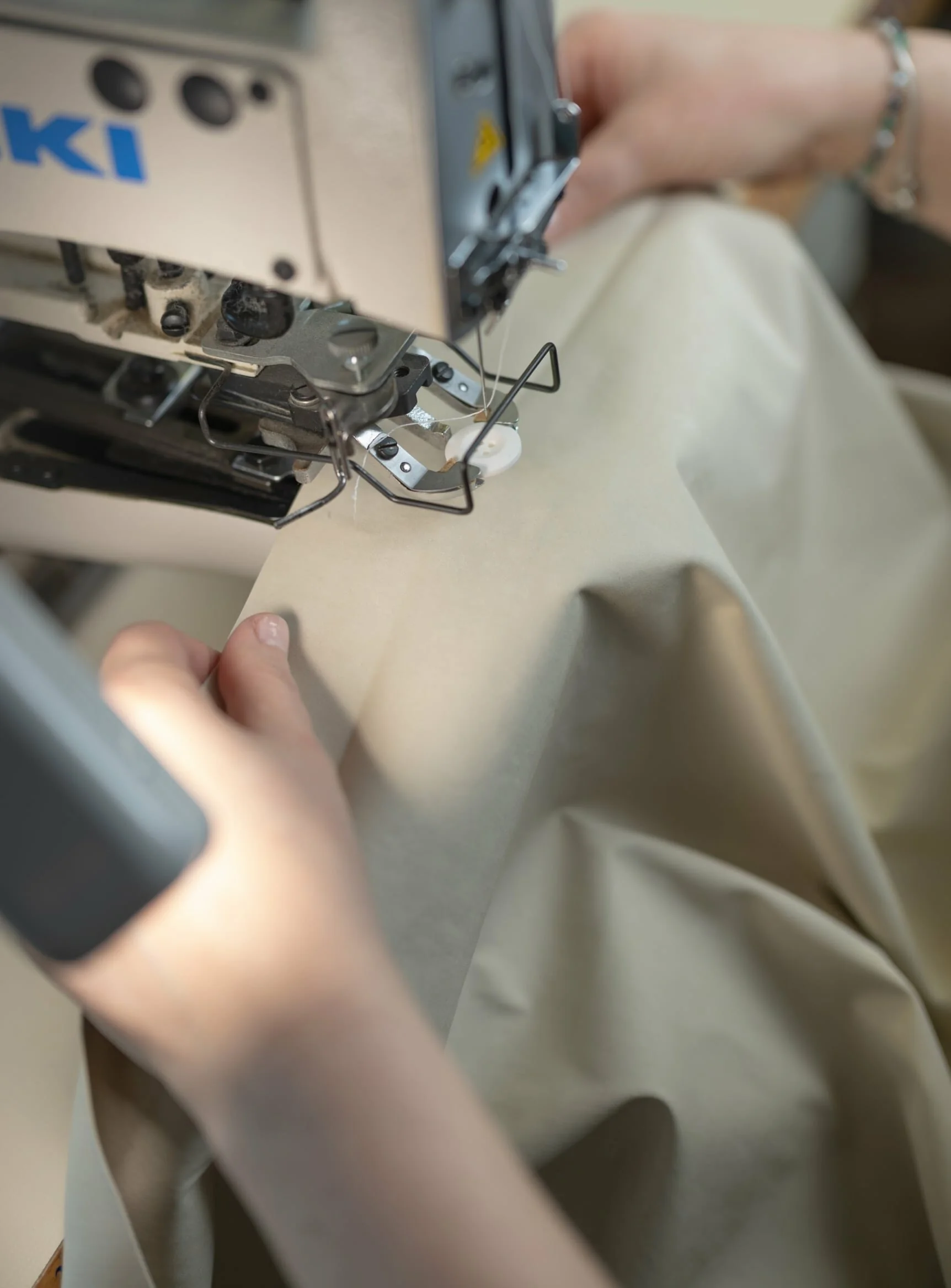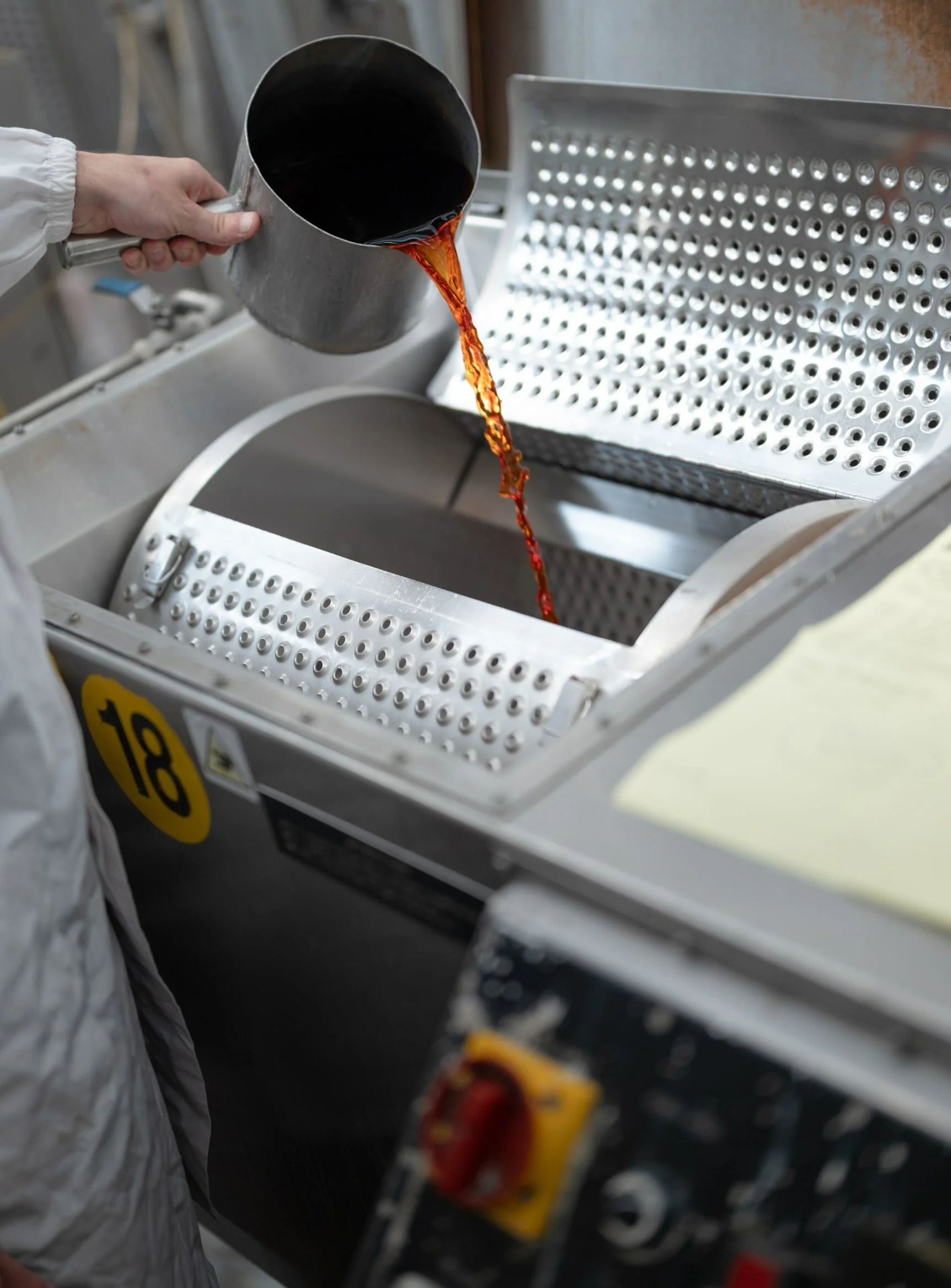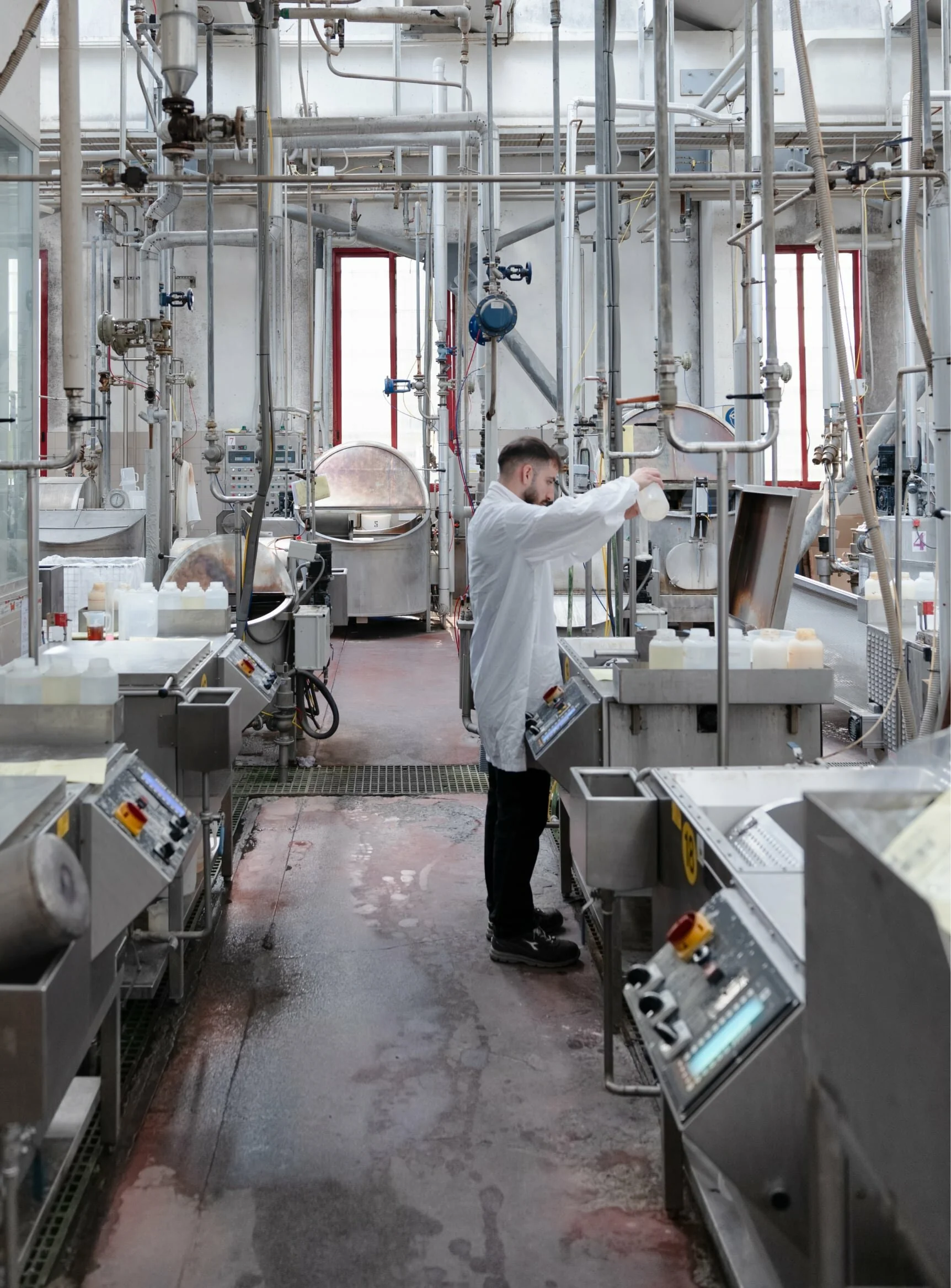Art & Craft
Merging cutting-edge design with advanced fabric Poised between innovation and tradition, the Ten c garments focus on fluid lines and resistant materials, two principles that define the brand’s inherent aesthetic and functional vision. Design that meets functional garments with an innovative, refined aesthetic.
Evolving through touch and time, each Ten c garment reflects a continuous dialogue between material and maker. Shapes are defined by purpose, refined through experimentation, and elevated by the depth of their texture. Every piece embodies a quiet strength — a design language built on tactility, balance, and the pursuit of timeless perfection.
"Our version though is a polyester-nylon interlock jersey derived from our own treatments. We dye the fabrics and then in order to make the material even finer, we dye the garment too. This treatment makes the overall material more compact."
A. Pungetti
It’s a jersey-like fabric with unique characteristics. It’s a fabric that changes with external temperatures. If it’s humid the material becomes very soft, but if it’s dry it becomes hard and stiff. The material lives on a certain stiffness which becomes softer during use and adapts to the body.
Materials which are from the world of outerwear and have technical characteristics like water-repellence and tear resistance. These materials give continuity and not just resist the passing of time, but also gain value over time. The use of special materials — or rather made into something special — is related to our philosophy of “seeing beyond”: to see things and materials in new and unexpected ways, transforming and giving them a new life.
Assembled by human hands
No machines can replace the craftsmanship behind the final assembly. Every seam is guided, every fold intentional. The garment takes form slowly — not because we have to, but because it matters. Precision and patience define the invisible beauty of our process.
The invisible work
Every Ten c piece begins on paper — with a precise shape, drawn and cut by hand. These patterns are the blueprint of our garments, the first act in a long, deliberate process where instinct meets function. Each line, each curve, is conceived to serve both form and purpose.
“I always try to understand how a material can be used with the 'in garment dyeing', our main technology, which allows materials to transform themselves, because they shrink and have a completely different feel. The OJJ and the use we make of it best represents this way of working — this pushing the characteristics of a material to the extremes, till the material acquires a new life. We use a material that starts out as jersey, as a 'soft' material which first gets mercerized and then gets 'in garment-dyed', and is re-dyed again — a very long process that involves dyeing at 130°. This process transforms the jersey into something very 'compact' and makes it unique: elastic as jersey but able to change with temperatures, with humidity it softens while the heat stiffens it. If you use it, it becomes almost like a skin, it forms according to your shape and becomes a unique object.”
A. Pungetti
Crafted with purpose. Worn with meaning.
